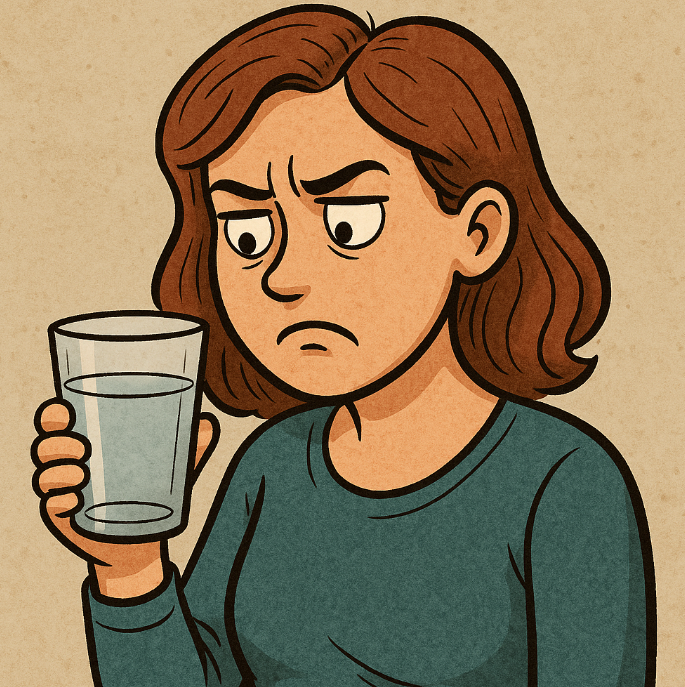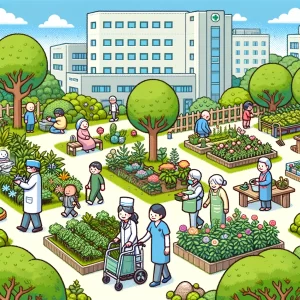
Unsafe Tap Water is not-so-Quietly Harming America’s Health
If you turned on your kitchen tap right now, would you be sure the water is safe? For millions of Americans, the answer is more uncertain than you’d think. A new study published in Frontiers in Public Health shows that even a single Safe Drinking Water Act violation in a county can ripple through communities’ health, adding up to millions in medical costs each year.he Long Shadow of Contaminated Water
The story of water and health has deep roots. In the mid-1800s, physician John Snow famously traced London’s cholera epidemic to a contaminated well, launching modern epidemiology. Fast forward to today: although the United States enshrined water protections through the Safe Drinking Water Act (SDWA), violations are alarmingly common.
Researchers Fahad Alzahrani and Khalid Alhussain analyzed data from more than 3,100 U.S. counties. They linked Environmental Protection Agency violation records to self-reported health outcomes from the Behavioral Risk Factor Surveillance System. Their goal: measure how poor drinking water affects not just acute illness, but overall physical and mental health.
What the Numbers Reveal
The findings are stark. Counties with more water safety violations reported:
- A higher share of adults in fair or poor general health
- More physically unhealthy days each month
- More mentally unhealthy days, too
The cost estimates are sobering. On average, a single violation carried annual medical costs of $3.48 million for physical health and $4.85 million for mental health. Multiply that by hundreds of violations across the nation, and the public health bill climbs quickly.
Even small shifts matter. For example, when 10% more residents in a county were affected by violations, reports of poor health increased measurably. These are not abstract statistics—they translate into more missed workdays, more strain on healthcare systems, and more families quietly bearing the burden of unsafe water.
Pathogens, Chemicals, and the Body
Not all violations are equal. The EPA classifies them into tiers:
- Tier 1: Immediate threats like fecal contamination (E. coli). These were linked to increases in poor general and mental health, underscoring both biological and psychological effects.
- Tier 2: Chronic threats from chemicals such as arsenic, lead, or disinfection byproducts. These showed stronger links to physical and mental health declines, reflecting the damage of long-term exposure.
Why would water contamination affect mental health? Researchers point to two possibilities: biological effects (for instance, heavy metals disrupting brain function) and psychological stress (the fear or lived experience of unsafe water). As one report put it, “the anxiety of contamination can be as corrosive as the contamination itself.”
A Patchwork of Risk
The study also mapped where violations cluster. Rural counties in the South (particularly Texas, Louisiana, and Oklahoma) and parts of the Northeast showed higher densities. Many of these communities face compounding challenges—aging infrastructure, limited resources, and repeat violations that erode trust in public systems.
For public health professionals, this raises an urgent question: how do we protect the communities most vulnerable to compounding risks of poverty, aging systems, and unsafe water?
The Bigger Picture
This isn’t just about pipes and treatment plants. It’s about the everyday lives of people relying on what flows from their taps. A grandmother in Oklahoma who boils water out of habit. A young parent in Pennsylvania who wonders if formula mixed with tap water is safe. A teacher in Louisiana whose students miss class due to stomach illness.
Unsafe water quietly undermines health equity. Communities already facing social and economic disadvantages are often the ones most exposed. Left unaddressed, these small statistical increases add up to generational harm.
What’s Next?
The authors are clear: even small violations have big consequences when spread across populations. Their research calls for:
- Stricter enforcement of SDWA standards, especially in counties with repeat offenders.
- Upgrades to infrastructure, funded and prioritized for vulnerable communities.
- Community health support to mitigate harms where violations persist.
They also note the limits of their study—it is cross-sectional, meaning it cannot prove causation with certainty. But the associations are strong enough to demand action now.
A Call to Attention
Clean drinking water is not just a utility—it is a foundation of public health. When violations occur, the ripple effects touch bodies, minds, and wallets. Addressing them is not just a matter of compliance, but of justice.
Join the Conversation
- Does your community trust the safety of its drinking water?
- Should policymakers focus more on mental health impacts when addressing environmental risks?
- How would you prioritize infrastructure spending to reduce violations?



